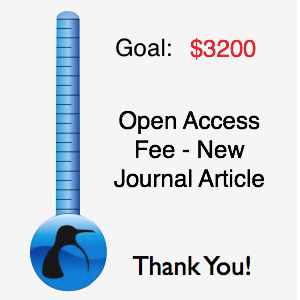 After 4 months we are finally nearing the end of our dietary journey. We discussed the basic context of Macronutrients (protein, carbohydrate, and fat) as “fuel.” We learned that there is a group of Micronutrients – vitamins, minerals and phytochemicals that all constitute “service” or biological maintenance. We understand that fat has more energy density (2x) than protein or carbohydrate.
After 4 months we are finally nearing the end of our dietary journey. We discussed the basic context of Macronutrients (protein, carbohydrate, and fat) as “fuel.” We learned that there is a group of Micronutrients – vitamins, minerals and phytochemicals that all constitute “service” or biological maintenance. We understand that fat has more energy density (2x) than protein or carbohydrate.
Our body uses primary fuel glucose/glycogen through the TCA or krebs cycle to obtain energy (brain biggest single user, followed closely by liver and muscle) and the body stores a glycogen (a special muscle protein with a carbohydrate shell) and Read Full Article →









